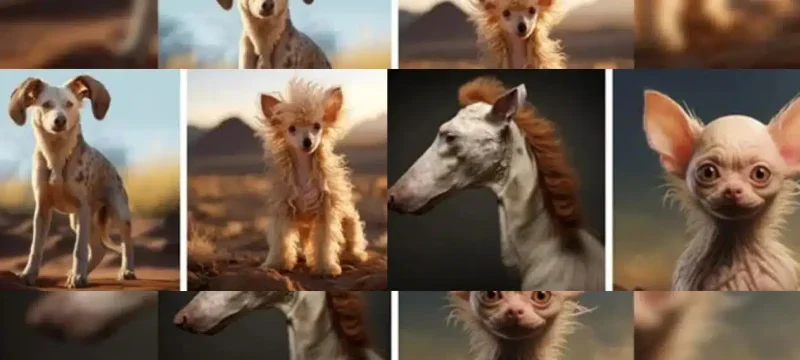Veterinarian experts at the California-based pet genetics testing company Basepaws have used artificial intelligence to speculate on the potential evolution of dog breeds over the next 10,000 years. Collaborating with veterinarian Ernie Ward, they input insights into neural networks to visualize potential future canine forms based on two scenarios influenced by global climate changes.
In a scenario shaped by global warming, shifts in climate conditions may impact the way dogs are nurtured and cared for by humans. Resource scarcity could lead to a reduction in canine body mass, with smaller-sized bodies requiring less food and energy and being more adaptable to heat. Darker skin tones could develop for protection against harmful ultraviolet radiation, and dogs might shed fur, become more active at night, and develop larger heads and ears for cooling. Adaptations in metabolism might enable dogs to endure longer periods without rehydration if water becomes scarce.
In an alternative scenario involving a new Ice Age, dogs are anticipated to evolve thicker and denser fur for insulation. While the impact on dog size remains uncertain, an increase in body fat is foreseen to serve as an energy reservoir for survival. Evolution could lead to more wolf-like characteristics, featuring stronger muscles essential for hunting and running. In extreme cases, these adaptations might challenge the human-canine friendship as dogs potentially compete for food and shelter.
The exploration of future canine evolution extends beyond Earth, contemplating scenarios that may unfold if humanity succeeds in creating habitable zones on other planets.









